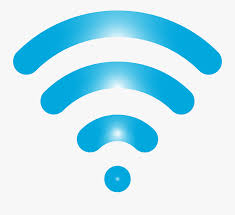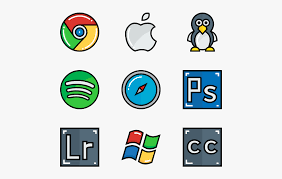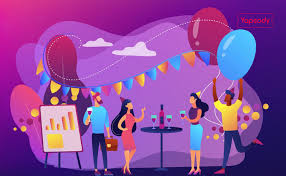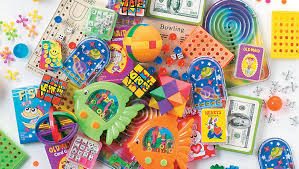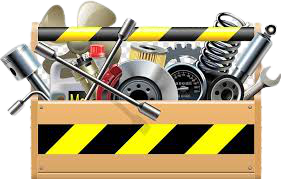The Art of Haunted House Design: Behind the Screams
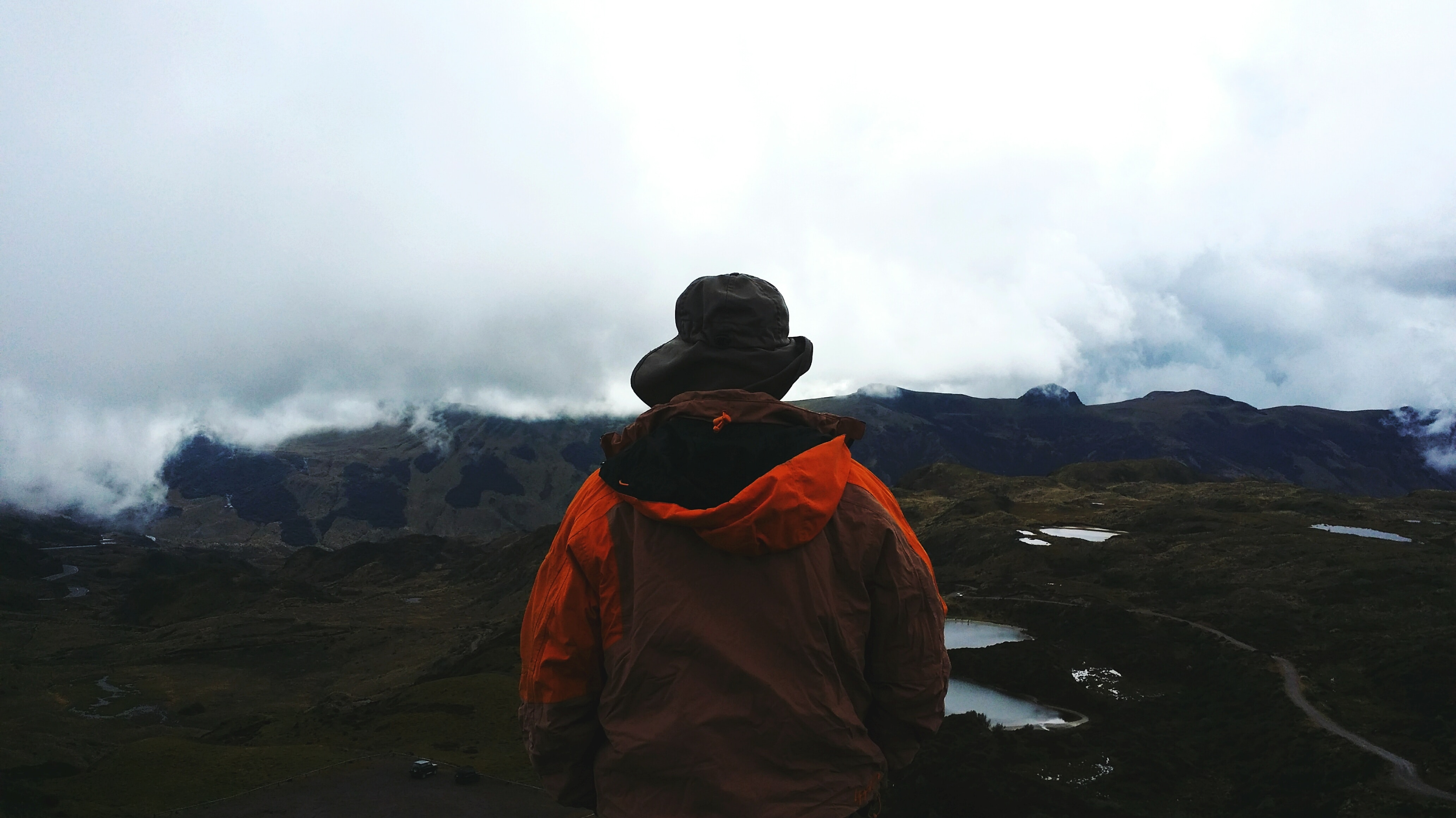
Introduction
Welcome, brave souls, to ValidatedCoupon.com! As the Halloween season approaches, the air becomes crisper, leaves crunch beneath our feet, and a sense of excitement fills the atmosphere. It's the time of year when haunted houses come to life, igniting our inner thrill-seekers and tickling our darkest fears. But have you ever wondered what goes on behind the scenes of these spine-tingling attractions? Join us as we delve into the eerie and creative world of haunted house design in "The Art of Haunted House Design: Behind the Screams."
Chapter 1: The Haunting Vision
Every great haunted house begins with a vision—a vision of terror, suspense, and chilling excitement. Designers of haunted houses are the architects of nightmares, and they must carefully craft a spine-tingling experience that will haunt visitors' dreams for years to come.
1.1 Conceptualization
The first step in creating a haunted house masterpiece is conceptualization. Designers brainstorm ideas, themes, and storylines that will send shivers down the spines of those who dare to enter. Whether it's a haunted mansion, an abandoned asylum, or a ghostly forest, the theme sets the stage for the entire experience.
1.2 Storytelling
Storytelling is a crucial element of haunted house design. A well-crafted narrative immerses visitors in the haunting world and makes the experience more memorable. Characters, backstories, and plot twists are all carefully considered to keep visitors engaged and on the edge of their seats.
Chapter 2: Designing the Fear
Once the concept is solidified, it's time to bring the nightmares to life through design. Haunted house designers must consider every detail, from the layout of the attraction to the props, lighting, and special effects that will create a truly terrifying experience.
2.1 Set Design
Set designers play a pivotal role in creating the eerie atmosphere of a haunted house. They transform empty spaces into sinister scenes, using a combination of props, decorations, and elaborate backdrops. Dilapidated furniture, cobweb-covered corners, and eerie lighting are all carefully orchestrated to elicit fear and anticipation.
2.2 Special Effects
Special effects are the heart and soul of any haunted house. From fog machines that obscure vision to strobe lights that disorient visitors, these effects are designed to heighten the sense of dread. Audio cues, like haunting music or blood-curdling screams, add an extra layer of horror.
Chapter 3: The Actors Behind the Masks
What would a haunted house be without its terrifying cast of characters? Actors are an essential component of the haunted house experience, bringing the nightmares to life and sending visitors screaming for the exits.
3.1 Casting
Casting the right actors is crucial to the success of a haunted house. These performers must possess the ability to fully commit to their roles, from the ghostly apparition to the deranged serial killer. Casting calls often attract actors who relish the opportunity to embrace their darkest and most sinister sides.
3.2 Training
Once cast, actors undergo extensive training to perfect their scares. They learn how to time their appearances, create tension, and deliver spine-chilling lines. Training sessions often include improvisation exercises to prepare actors for unexpected visitor reactions.
Chapter 4:
Haunted house designers are not just experts in visual and auditory scares; they also understand the psychology of fear. They tap into primal fears and use psychological techniques to keep visitors on edge.
4.1 Fear Triggers
Designers identify common fear triggers, such as darkness, confined spaces, and the fear of the unknown, to maximize the fear factor. They strategically place these triggers throughout the attraction to keep visitors in a state of constant unease.
4.2 The Element of Surprise
Surprise is a powerful tool in the haunted house designer's arsenal. Visitors never know when or where the next scare will come from, creating a sense of anticipation and dread. Hidden doors, trapdoors, and unexpected twists and turns all contribute to the element of surprise.
Chapter 5: Safety First
While haunted houses are designed to terrify, safety is always a top priority. Designers and operators go to great lengths to ensure that visitors can enjoy a heart-pounding experience without real danger.
5.1 Emergency Protocols
Haunted houses have strict emergency protocols in place. In the event of a medical emergency or visitor distress, staff members are trained to respond quickly and efficiently. There are also designated safe zones for visitors who need a break from the scares.
5.2 Accessibility
Accessibility is another important consideration. Designers aim to make haunted houses accessible to all, ensuring that people with disabilities can also enjoy the experience. This includes wheelchair ramps, clear pathways, and sensory-friendly options for those with sensory sensitivities.
Chapter 6: The Future of Haunted House Design
Haunted houses have come a long way from their humble beginnings, and the future promises even more terrifying innovations. Virtual reality, interactive elements, and cutting-edge technology are changing the face of haunted house design.
6.1 Virtual Reality (VR)
Virtual reality is poised to revolutionize the haunted house industry. Visitors can now step into immersive VR experiences that transport them to haunted worlds beyond their wildest nightmares. The level of realism and interactivity offered by VR is sure to redefine the haunted house experience.
6.2 Interactivity
Interactive elements are becoming increasingly popular in haunted houses. Visitors may be asked to make choices that impact the storyline or engage in activities that immerse them further in the horror. Interactive haunted houses provide a personalized and unforgettable experience.
Conclusion: Facing Our Fears
As we peel back the curtain on the art of haunted house design, we gain a deeper appreciation for the creativity, dedication, and expertise required to create these spine-tingling attractions. Haunted houses are not just about scaring people; they are about tapping into our primal fears and providing a safe space to confront and conquer them.
So, this Halloween season, as you venture into the darkness of a haunted house, remember the incredible craftsmanship and psychological mastery that go into creating those heart-pounding moments. Behind the screams, there are passionate designers, talented actors, and a love for the art of fear that make haunted houses a cherished and enduring tradition.
As you exit the haunted house, heart pounding and adrenaline rushing, take a moment to appreciate the artistry that made you scream, jump, and laugh nervously. And if you dare, come back next year for a new nightmare, because the world of haunted house design is always evolving, and the next scare is just around the corner. Happy haunting!
With that, we conclude our journey into "The Art of Haunted House Design: Behind the Screams." We hope you've enjoyed this spine-tingling exploration of the creative minds and eerie elements that bring haunted houses to life. Until next time, stay spooky, stay safe, and keep those screams echoing in the night.


